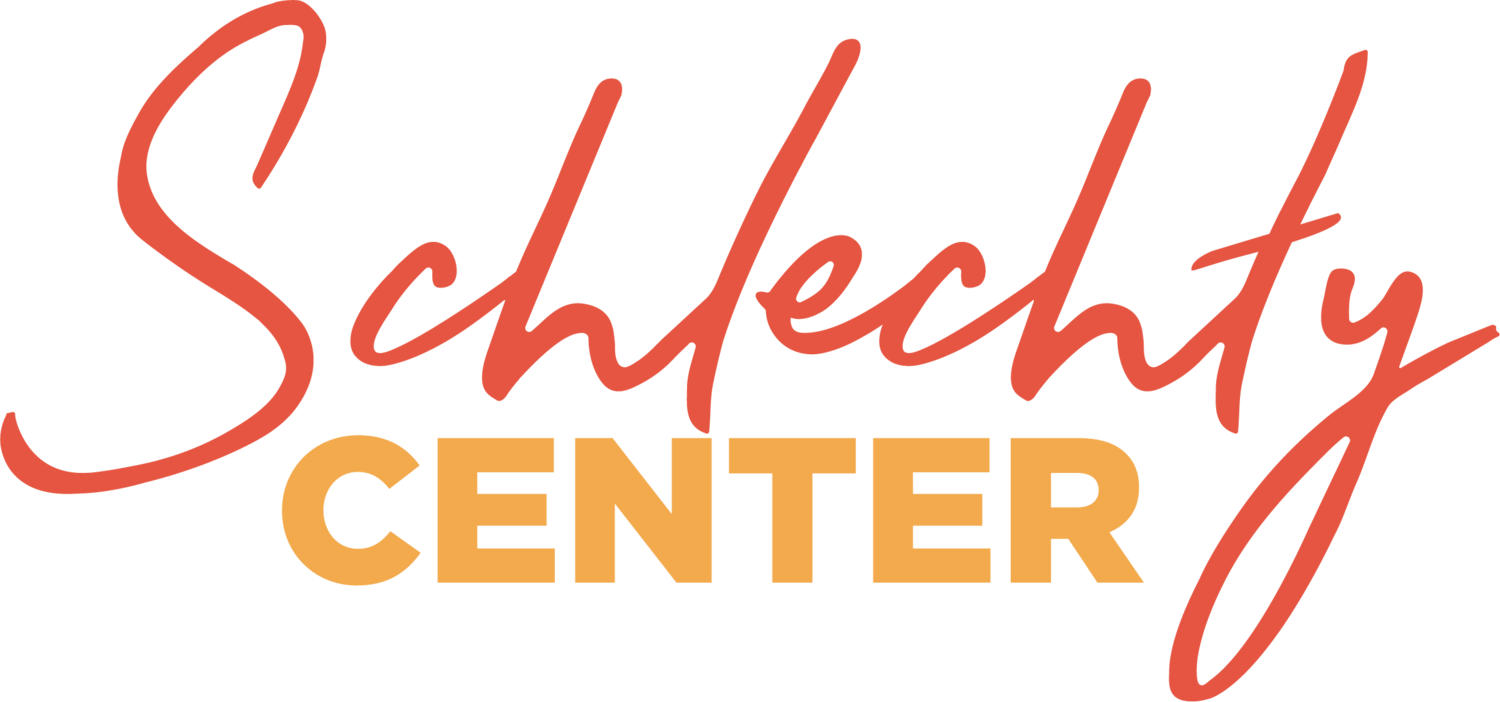We are always on the lookout for games that allow students to create while their teacher designs the parameters. We recently blogged regarding a platform called Gamestar Mechanic. In this platform, teachers can set a variety of mathematical conditions based on standards they need to cover, leaving the student to create the games. It can be a powerful alignment of content and social motives.
Scratch achieves the same goal in a very different manner. Simply put, Scratch allows the student to place one or more characters on a graph and to cause the character(s) to move around based on mathematical formulas. Watch this short video and see how a square is drawn using graphing coordinates.
Scratch can also be used to create animated stories. It lends itself well to language arts content. Scratch also follows computer logic using "if/then" statements.
Scratch can be used to leverage a variety of Design Qualities. Students who create games are working in Product Focus. There may be real Authenticity since this is a gaming platform. Initial use may be very Novel.
Scratch comes to us from the MIT Media Lab and is absolutely free!
As in all games where students are going to create content, the teacher must learn the basics of playing the game. Becoming a master is not necessary, but learning the basics is. Students also need to learn the game parameters up front. Scratch is moderately complex, but there are excellent tutorials available. We like the series created by Kevin Briggs for learning to use the platform. A YouTube search of "Scratch Kevin Briggs" will reveal the entire series. The actual Scratch tutorial videos can be found at this link: Scratch Tutorials. Here is an introductory video:
If we had one suggestion for Scratch, it would be to put together a game-based series of challenges that help students and teachers learn the game, similar to the Addison quests in Gamestar Mechanic.
Let us know what you think about Scratch!
The Engagement People
